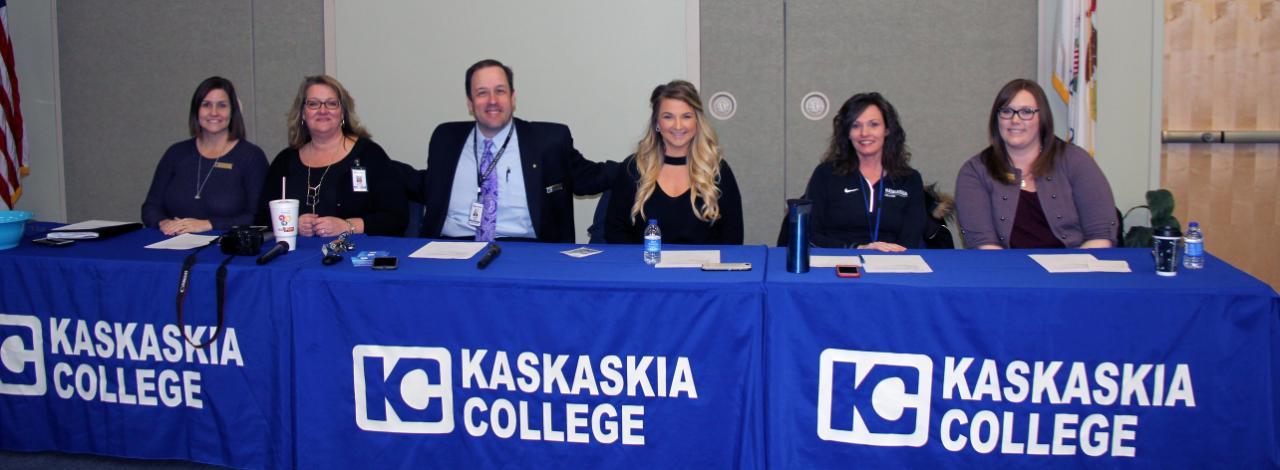Perkins Grant
A student is eligible for the Perkins Special Populations Program if the student is enrolled in a career program, has the intent of entering the workplace immediately following the receipt of a degree or certificate in the career program, and possesses one or more of the following traits. The trait(s) possessed determines the type of services for which one is eligible.
- Individuals with Disabilities (both cognitive and physical)(A) In general.—the term “individual with a disability” means an individual with any disability (as defined in section 3 of the Americans with Disabilities Act of 1990 (42 U.S.C. 12102).
- Individuals from Economically Disadvantaged Families – including low-income youth and adults.
This statement means a student that qualifies for Financial Aid, Snap Benefits, and/or receiving any kind of governmental financial assistance. - Individuals Preparing for Nontraditional Fields
The term nontraditional fields means occupations or fields of work, such as careers in computer science, technology, and other current and emerging high-skill occupations, for which individuals from one gender compromise less than 25% of the individuals employed in each such occupation or field of work. - Single parent(s), including pregnant and parenting teens
A student who is raising a child(ren) on their own; a single pregnant woman; - Out of Workforce Individual - The Term Out-Of-Workforce Individual Means
- An individual who is a displaced homemaker, as defined in section 3 of the Workforce Innovation and Opportunity Act (29 U.S.C. 3102); or An individual who-
- Has worked primarily without remuneration to care for a home and family, and for that reason has diminished marketable skills; or
- Is a parent whose youngest dependent child will become ineligible to receive assistance under part A of title IV of the Social Security Act (42 U.S.C. 601 et seq.) not later than 2 years after the date on which the parent applies for assistance under such title; and
- Is unemployed or underemployed and is experiencing difficulty in obtaining or upgrading employment.
- English Learners
The term ’English learner’ means—
(A) a secondary school student who is an English learner, as defined in section 8101 of the Elementary and Secondary Education Act of 1965; or
(B) an adult or an out-of-school youth who has limited ability in speaking, reading, writing, or understanding the English language and—(i) whose native language is a language other than English; or(ii) who lives in a family environment in which a language other than English is the dominant language. - Homeless individuals
“Individuals who lack a fixed, regular, and adequate nighttime residence."
- Children sharing housing due to economic hardship or loss of housing;
- (b) Children living in "motels, hotels, trailer parks, or camp grounds due to lack of alternative accommodations"
- (c) Children living in "emergency or transitional shelters"
- (d) Children whose primary nighttime residence is not ordinarily used as a regular sleeping accommodation (e.g. park benches, etc.)
- (e) Children living in "cars, parks, public spaces, abandoned buildings, substandard housing, bus or train stations..."
- Youth who are in or have aged out of the foster care system
- Youth with a parent who is a member of the armed forces and is on active duty.
Perkins Contact Information
To find out if you might qualify for Perkins Grant assistance or just to find out more.

